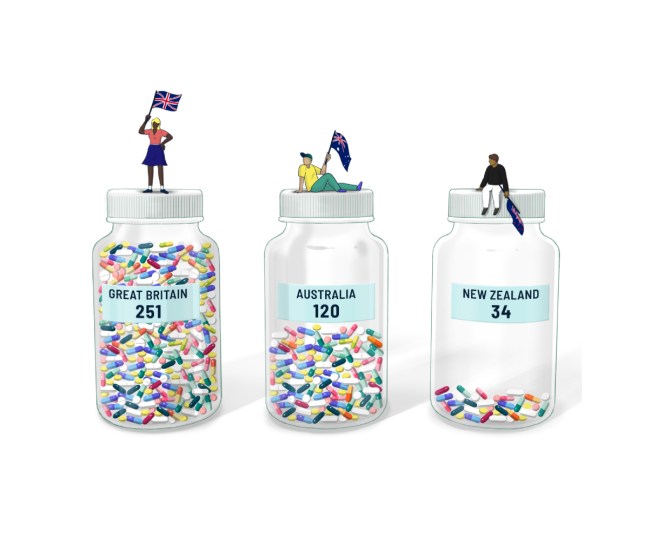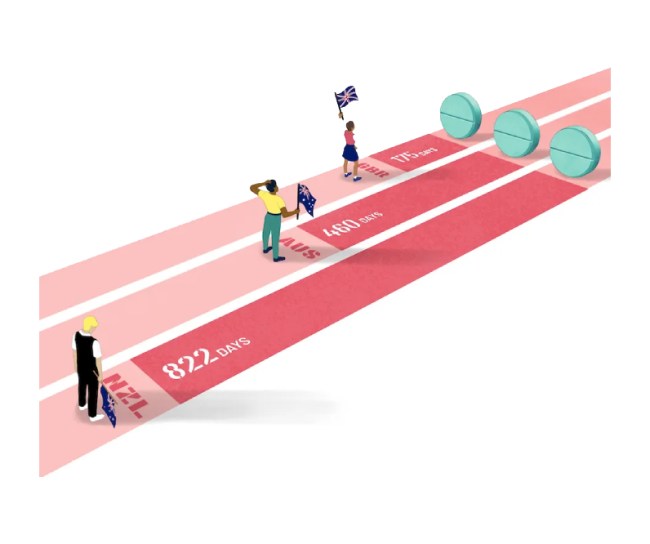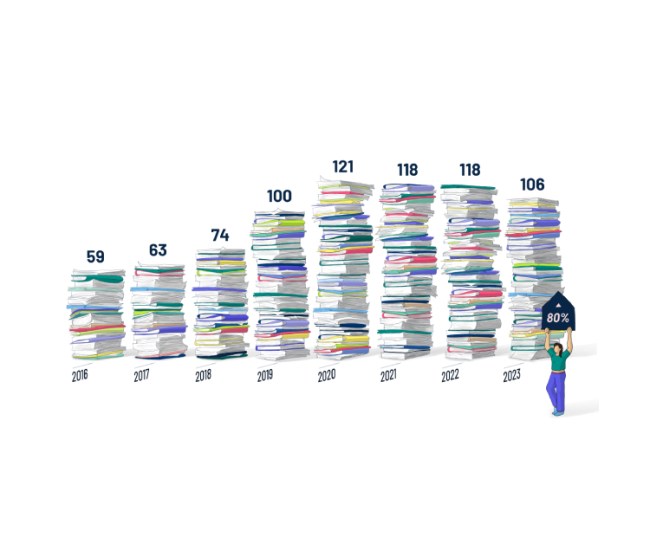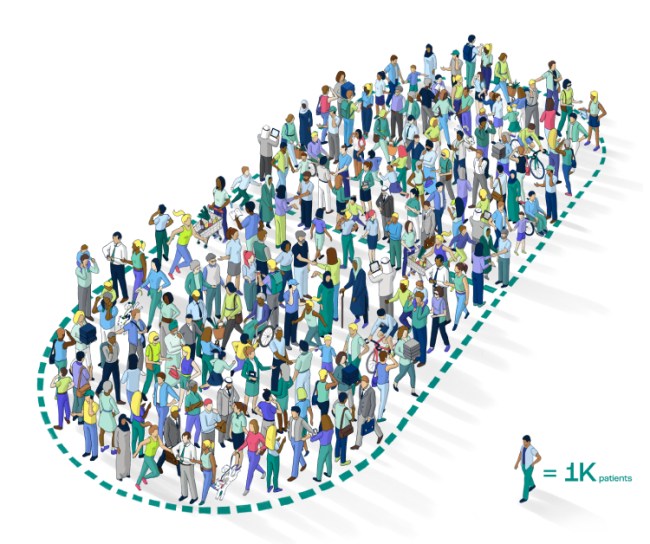Understanding the importance and funding of medicines in New Zealand
September 1, 2023

“Medicines are a key part of the health and disability support system and make significant contributions to the lives of New Zealanders. They are used to treat a wide range of diseases and disorders and in some cases can be used to replace invasive procedures. Ultimately, medicines contribute to New Zealanders’ opportunities to maintain their independence and enhance their quality of life.” Associate Minister of Health & Minister of Health, 2007 1
New Zealand’s recently reformed public health system aims to protect, promote, and improve the health of all New Zealanders, including by achieving equity in health outcomes among population groups, and building towards pae ora (healthy futures) for all New Zealanders. These aims are achieved, in part, through the funding and provision of a range of goods and services, including medicines. 2
The responsibility for making decisions about the funding of medicines in New Zealand lies with Te Pātaka Whaioranga – Pharmac who work within a fixed medicines budget, set by Government. 3
Unfortunately, the model is not perfect. Only 34 additional modern prescription medicines* received public funding in New Zealand between 2011-2020. This means that New Zealanders with conditions like diabetes, asthma, heart disease, and cancer may be missing out on effective, innovative treatment options.4

Many medicines that are publicly funded in other countries are not publicly funded in New Zealand 4
According to a Medicines New Zealand commissioned report by international health insights and research organisation, IQVIA, over the period 2011-2020 Great Britain funded 251 additional modern prescription medicines and Australia about half that number.
In the same period, New Zealand funded only 34. 4
*‘Modern prescription medicines’ are defined as prescription pharmaceutical medicines that meet the following criteria:
- A medicine containing at least one new molecular entity (NME) that had not been previously registered and approved for use as a medicine in any of the 20 selected OECD countries compared in the analysis prior to 2011, and not a version or derivative of a previously registered medicine; or
- A fixed dose combination medicine including at least one NME registered and launched on or after 1 January 2011. 4

New Zealanders wait a long time for medicines to be publicly funded 4
That same report also showed that between 2011 and 2020, the average time from registration to the public funding of modern prescription medicines in New Zealand was 822 days.4
In Australia, it was 460 days and in Great Britain it was 175 days.4

The Options for Investment (OFI) list “includes all applications that we (Pharmac) would fund if the budget allowed it” 5
The number of applications on the OFI waiting list has grown by 80% since 2016. 6, 7
There are now more than 100 applications for funding included on the list. Medicines on the waiting list are used to treat a wide range of health conditions such as diabetes, asthma, cancer, and rare disorders. 8

It’s a Hard Pill to Swallow
It has been estimated that, even excluding vaccines from the OFI waiting list, as many as 170,000 New Zealanders could receive publicly funded medicines in the first year if the OFI waiting list was cleared. 9
We are confident that more can be done to improve things for patients in need of medicines in New Zealand.
Find out more and engage with us
If you would like to find out more about these issues and engage with us please follow us on Facebook, Instagram, and LinkedIn.
References:
- Associate Minister of Health, Ministry of Health. 2007. Medicines New Zealand: Contributing to good outcomes for all New Zealanders. Available at: www.health.govt.nz/system/files/documents/publications/medicines-nz.pdf. Last Accessed 13.6.23.
- Pae Ora (Healthy Futures) Act 2022. Available at: https://www.legislation.govt.nz/act/public/2022/0030/latest/versions.aspx. Last Accessed 30.06.23.
- Pharmac. 2023. How Pharmac works. Available at: https://pharmac.govt.nz/about/what-we-do/how-pharmac-works/ Last Accessed 30.06.23.
- IQVIA, 2021, A Decade of Modern Medicines: An International Comparison 2011-2020, report commissioned by Medicines New Zealand. Available at: https://www.medicinesnz.co.nz/fileadmin/user_upload/IQVIA_Report_-A_Decade_of_Modern_Medicines_An_International_Comparison_2011-2020__FINAL.pdf. Last Accessed 13.6.23
- Pharmac. 2023. Priority lists for funding applications. Available at: https://pharmac.govt.nz/medicine-funding-and-supply/the-funding-process/priority-lists/. Last Accessed 13.6.23
- Pharmac, 2021, Medicines on PHARMAC’s ranking list. Available at: https://pharmac.govt.nz/news-and-resources/official-information-act/official-information-act-responses/medicines-on-pharmacs-ranking-list. Last Accessed 13.6.23
- Pharmac. 2023. Number of proposals and medicines/therapeutic products on Pharmac’s Options for Investment (OFI) list. Available at: https://www.parliament.nz/resource/en-NZ/WQ_16562_2023/6f60e341d2a1dcf047dd550675e232607a2e6a7f. Last Accessed 13.6.23
- Pharmac. 2023. Options for investment list. Available at: https://connect.pharmac.govt.nz/apptracker/s/ranking-lists-for-funding-applications?reportType=OFI. Last Accessed 13.6.23
- HealthiNZ. 2023, Pharmac’s Medicines Waiting Lists: Impacts on Patients in Aotearoa New Zealand, report commissioned by Medicines New Zealand. Available at: https://www.medicinesnz.co.nz/fileadmin/user_upload/Publications/Pharmac_s_Medicines_Waiting_Lists_-_Impacts_on_Patients_in__Aotearoa_New_Zealand.pdf. Last Accessed 13.6.23
NZ-NON-00370. Issued August 2023. TAP NP19775